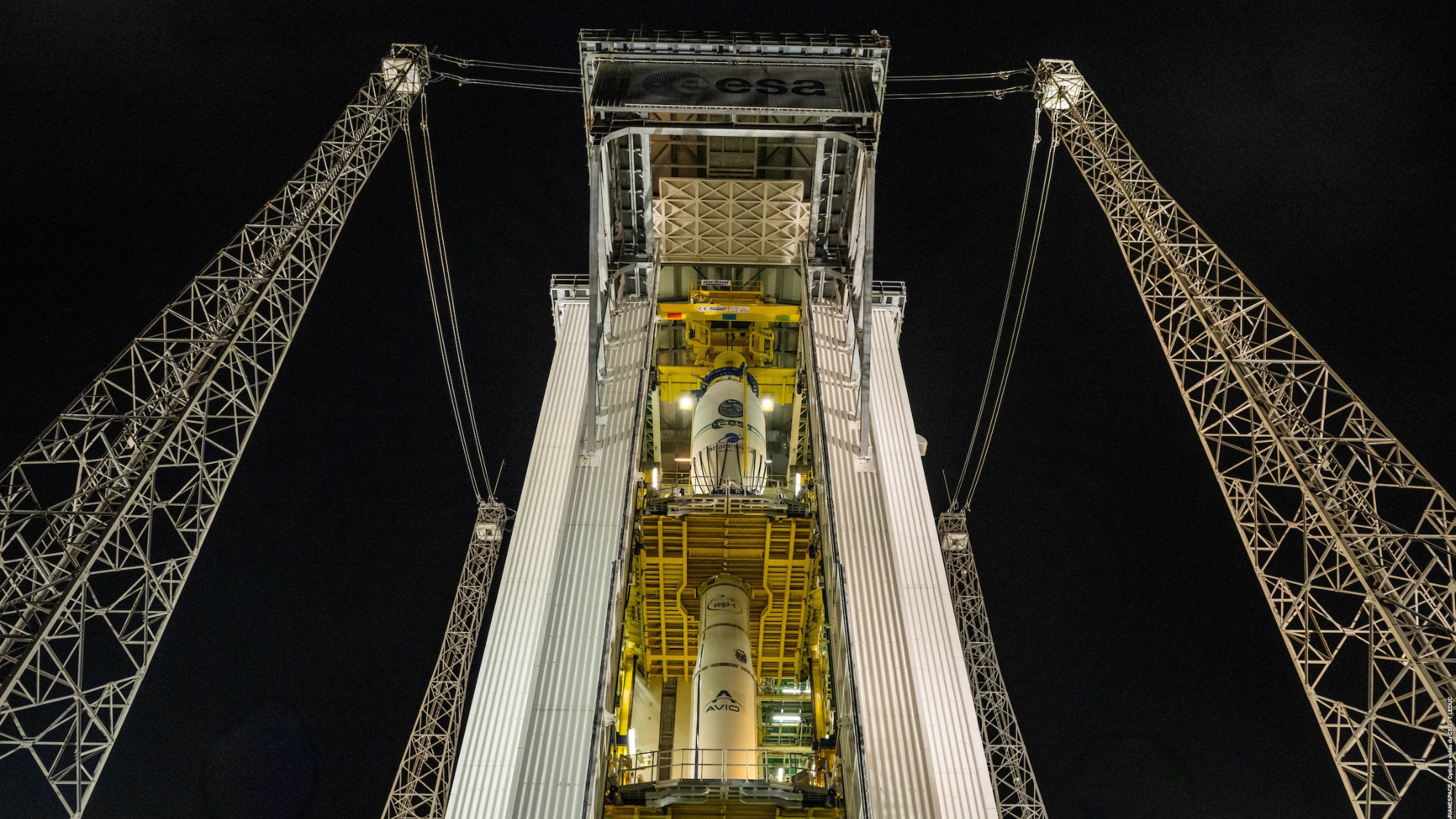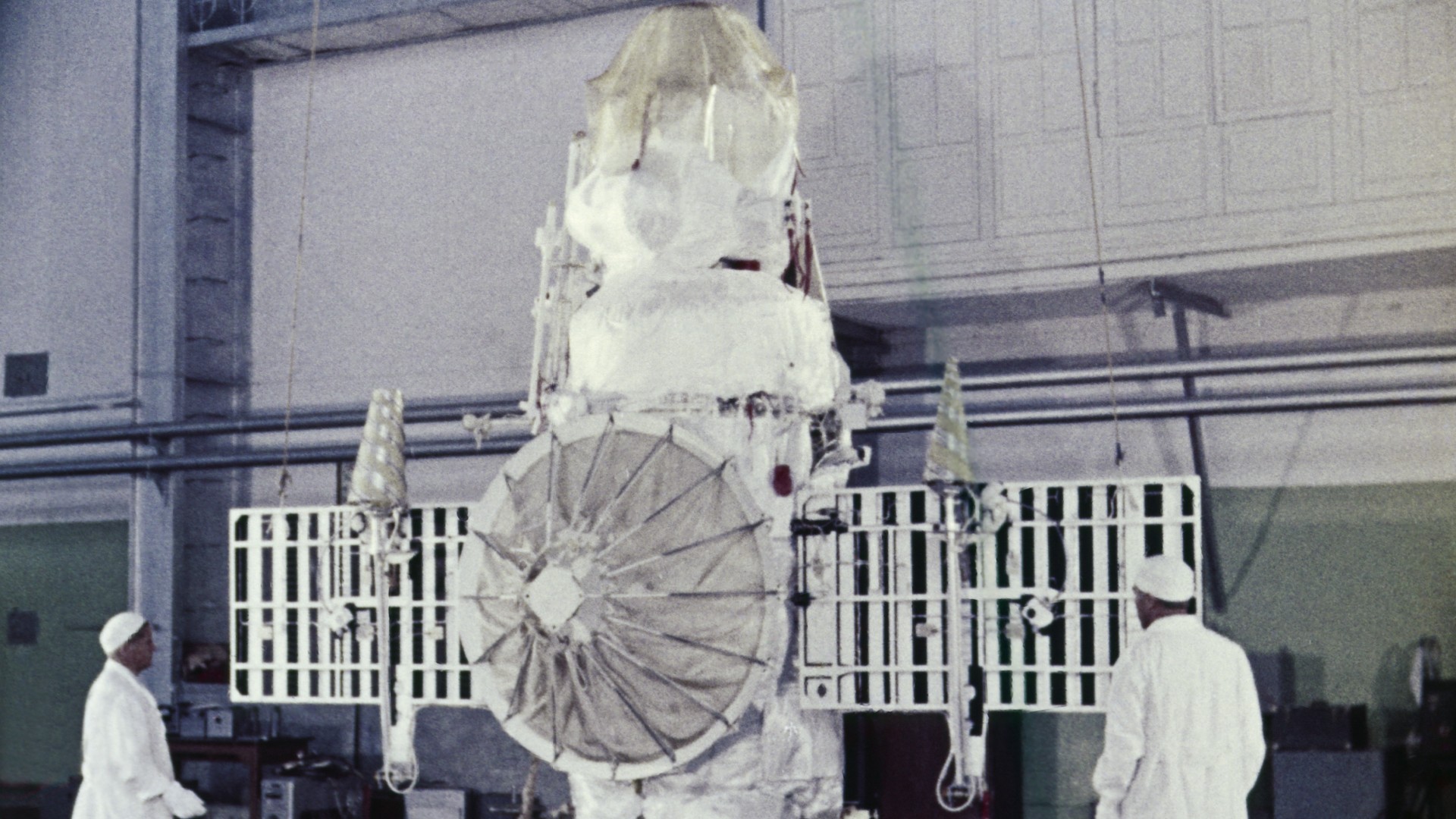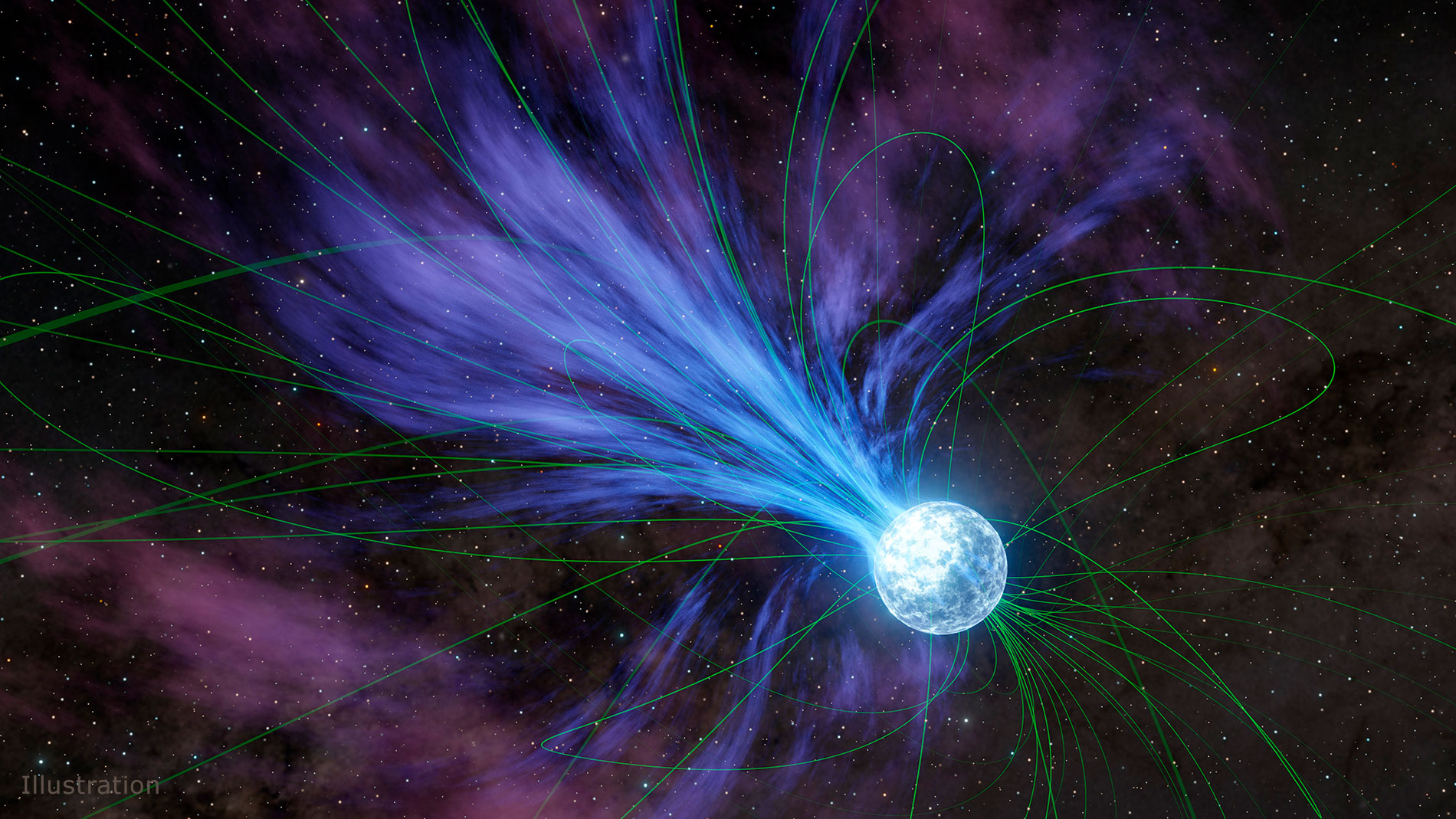Astronomers Find Extrasolar Planet Heavyweight Champ
Astronomers have found theheavyweight champion of extrasolar planets in the form of an odd alien worldslightly bigger than Jupiter, but more than eight times as massive.
Dubbed HAT-P-2b, the super-denseplanet is the most massive known to transit across its parent star, but theweirdness doesn't stop there. Its oval orbit is so extreme that it first bakesthe planet, and then cools it off during an annual trip that takes just morethan five days.
"This planet is so unusual that atfirst we thought it was a false alarm--something that appeared to be a planetbut wasn't," said astronomer Gaspar Bakos, who led the team at the Harvard-Smithsonian Centerfor Astrophysics. "But we eliminated every other possibility, so we knew we hada really weird planet."
The planet is a gas giant in orbitaround the star HD 147506, which is about twice the size of our own Sun andburns a bit hotter in a system 440 light-years from Earth in the constellationHercules. Bakos and his colleagues used a series ofsmall automated telescopes known as the HATNet todiscover the planet. Their findings are detailed in a paper submitted Tuesdayto the Astrophysical Journal.
One weird world
Astronomers have found about 230extrasolar planets beyond our own solar system, and last week announced thediscoveryof an Earth-like planet could support liquid water.
Every five days and 15 hours--thetime it takes the planet to complete a full trip around its star--HAT-P-2bcrosses in front of its stellar parent, as seen from Earth, in what astronomerscall a transit. During such transits, researchers candetermine the physical size of extrasolar planets by measuring how much theydim the light of their central star.
Get the Space.com Newsletter
Breaking space news, the latest updates on rocket launches, skywatching events and more!
Bakos and his team found that the newlydiscovered planet is about 1.18 times brighter than Jupiter and 8.2 times as massive. A150-pound (60-kilogram) person on Earth would weigh 2,100 pounds(952 kilograms), or just over one ton, and experience about 14 times Earth'sgravity at the visible cloud top surface of HAT-P-2b, researchers said.
The planet's extremely ellipticalorbit brings it within about 3.1 million miles (4.9 million kilometers) of itsparent star on the inside, and swings out to a distance of about 9.6 millionmiles (15.4 million kilometers). For comparison, Earth orbits the Sun at adistance of about 93 million miles (150 million kilometers), but would rangebetween the orbits of Mercury and Mars if its orbital path mimicked theextremes of HAT-P-2b.
Eccentricity explained
Astronomers believe that the oddeccentricity of the planet's orbit--all previous extrasolar worlds found via thetransit method have circular orbits--may be due to another, outer world whosegravitational pull disturbs the path of HAT-P-2b.
If the planet contained about 50percent more mass, it could have fired up nuclear fusion and burn as a star fora short while, researchers added.
"HAT-P-2b is hot, but it's not aJupiter," CfA astronomer Robert Noyes, a co-author on the study, said, addingthat previous planets found via the transit method have been billed as 'hotJupiters.' "It's much denser than a Jupiter-like planet; in fact, it is asdense as Earth even though it's mostly made of hydrogen."
Join our Space Forums to keep talking space on the latest missions, night sky and more! And if you have a news tip, correction or comment, let us know at: community@space.com.

Tariq is the Editor-in-Chief of Space.com and joined the team in 2001, first as an intern and staff writer, and later as an editor. He covers human spaceflight, exploration and space science, as well as skywatching and entertainment. He became Space.com's Managing Editor in 2009 and Editor-in-Chief in 2019. Before joining Space.com, Tariq was a staff reporter for The Los Angeles Times covering education and city beats in La Habra, Fullerton and Huntington Beach. In October 2022, Tariq received the Harry Kolcum Award for excellence in space reporting from the National Space Club Florida Committee. He is also an Eagle Scout (yes, he has the Space Exploration merit badge) and went to Space Camp four times as a kid and a fifth time as an adult. He has journalism degrees from the University of Southern California and New York University. You can find Tariq at Space.com and as the co-host to the This Week In Space podcast with space historian Rod Pyle on the TWiT network. To see his latest project, you can follow Tariq on Twitter @tariqjmalik.









